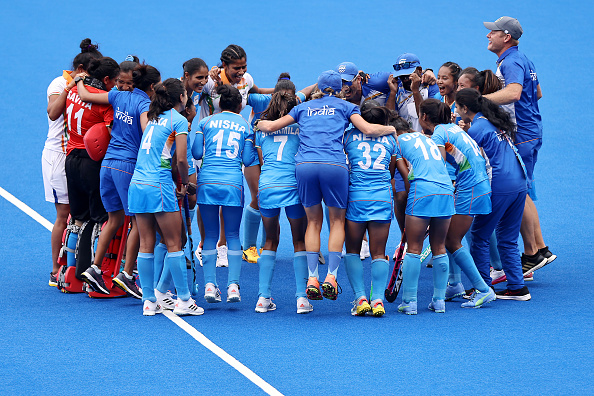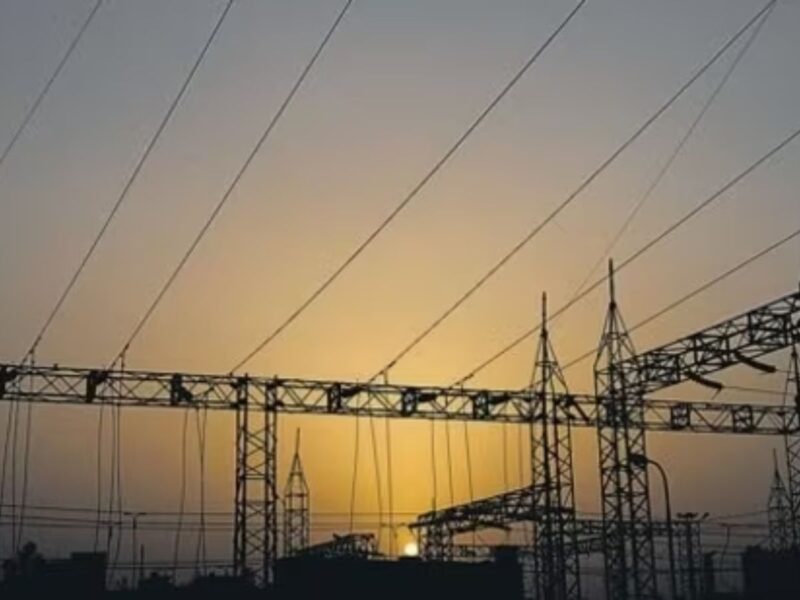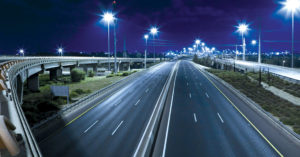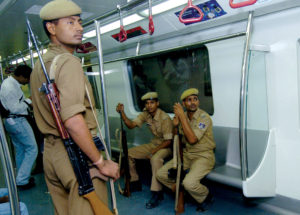Indian government’s move to privatise sporting facilities could not just make access to stadiums a lot more dearer, but also result in the country losing out on honing talent from the economically weaker sections of society
One can easily judge the Indian Railways’ contribution to sports in our country by simply counting that 13 out of 16 women hockey players who represented India at the Tokyo Olympics in the current squad are employed by it. Not just this, Indian Railways has traditionally been the biggest support system for athletes, providing training facilities and financial security. Indian railways and the Indian Army compete in various competitions so each one of them recruits some of the best athletes in India. A lot of these athletes from various sports are offered jobs in Indian Railways and they happily take up this opportunity because it provides financial support and while giving them more time to train.
In simple words, there are only two ways for Indian athletes to get jobs in India. One is the Indian Railways and the second is the Indian Army. That’s why about 20% of the athletes — 25 in all — who represented Indian at the Tokyo Games recently were from Railways along with five coaches and a physio.
Though the number was significantly low in comparison to the 2016 Rio Games where 35 sportspersons from Indian Railways represented the nation. That’s not the debate whether there are fewer jobs being offered to athletes or not many athletes from Railways have been performing to reach up to that standard where they can qualify for the Olympic Games. Rather the debate is about how economically weak and upcoming sports persons from across the country have been getting Railways’ support during the initial period of their lives. So much so that more than 50%of Olympic medal winners to date belong to Railways. All this has been possible because of the free accessibility of large sports infrastructure to common men and women employees of the Railways.
From PT Usha to star cricketer Mahendra Singh Dhoni, all achieved their stardom because of the initial support from Railways. But all that is now going to change as the Central government has decided to lease out or “sell” famous sports stadiums like the well-known Jawaharlal Nehru Stadium and Karnail Singh Stadium in the Capital city of Delhi, along with many more across the country, to the private sector on a long-term basis. This comes as the Narendra Modi-led cabinet looks to aggressively roll out its plan to garner more revenues from its vast physical assets.
The scheme has been rolled out exactly a fortnight after the Indian public witnessed the biggest hoopla built around by all those seven medal winners at the Tokyo Games who were at some stage or the other trained in the same sporting arenas.
Do we need the privatisation?
The government’s logic in doing so is based on the theory that most of these elite stadiums across the country lay vacant for the majority of a year. And by leasing out these on long-term 30-year leases could attract a lot of private sectors to invest money in such projects.
But what the government is not telling the public is that “if a private firm will have to make an upfront payment for any such stadium, then why would it not recover or make profits on the same by taxing future athletes heavily for using the same facilities?”
All those Railway Sports Complex in DLW (Varanasi), Chennai, Kolkata, Raebareli, Maligaon in Guwahati, Kapurthala and Secunderabad, Indoor Stadium at Parel in Mumbai and Patna, Railway Stadium in Bhubaneswar, Bahala in Kolkata and Mahalaxmi in Mumbai, Cricket Stadium at Yelahanka in Bengaluru and Lucknow; Gorakhpur Stadium in Gorakhpur may now not be available for athletes who come from economically weaker sections of society.
The new Sports minister Anurag Thakur may be happy to sell such a scheme. Being a former BCCI president, the same BCCI who gifted their century-old game of cricket along with the huge infrastructure to private players about a decade back by doling out the Indian Premier League in lieu of quick money.
Even before Thakur became Sports minister, the government’s attitude towards sports was never encouraging. The Narendra Modi-led regime may take all the credit for the maximum seven medals that Indian athletes have won in Tokyo but can never answer any query over why it slashed the Sports budget of 2021-22 by about Rs 230 crores in an Olympic year.
Interestingly, this was the second year in succession that the Sports budget was hit after the government allocated Rs 2826.92 crore for sports in the year 2020-21, which meant an increase of mere Rs 50 crore from the revised estimates of the financial year 2019-20.
Not to forget that the Modi government presented this budget in January 2020, when the government had no idea of the coming Covid pandemic and it was supposed to be the year of the Tokyo Games. Subsequently, the same Sports budget was later revised to Rs 1800.15 crore because of the lack of activity caused by the pandemic.
Overall, the government has “saved” over Rs 1200 crores from the Sports budget alone and still takes all the credit for medals won by those athletes who did not even get what they deserved!
What could be the fallout?
The IPL-like privatisation of sports in India may end up ending the dreams of those Neeraj Chopras or Abhinav Bindras of the future who have a dream to match their achievements. In comparison, the United Kingdom allocated more than Rs 9000 crore, India’s three times, on sports infrastructure and training in the 2016-17 annual sports budget. The UK won 67 medals against India’s two at the Rio Games 2016.
Abhinav Bindra had also tweeted back in 2016 that a medal cost the UK 5.5 million pounds, and that is the kind of investment India needs to make. Otherwise, we cannot expect much.
China, on the other hand, is known for its aggressive state-sponsored promotion of sports. How cricket in India has been polluted by the introduction of IPL in the last decade or so is a fine example of what’s in offer for other disciplines as well. Many of the state cricket associations have become a den of corruption where only rich and famous parents can afford to send their children.
Even the Supreme Court’s sincere efforts to cleanse the corrupt BCCI system failed to yield any concrete results as the political class failed to implement the reforms ordered in 2016. Not to forget that same BCCI chief then, Anurag Thakur, who was unceremoniously removed by apex court on charges of perjury, is now India’s most powerful “Sports administrator”.
IPL has no doubt made few new millionaires but cricket has gone out of the reach of those poor enthusiasts who cannot afford to pay huge academy fees or for that matter are unable to satisfy the selection demands of those sitting in state associations. Slowly and surely, cricket in India has become the property of few franchisees who are promoting their own cults and figures.
Pay ‘n’ play
It is important to mention here that the previous Congress government did try to burn their hands by rolling out schemes like “Pay ‘n’ Play” in Delhi’s Commonwealth stadiums. But this too failed like many other schemes in the past because most of our big athletes come from poor backgrounds and thus can’t afford to pay any such amount fixed for training purposes.
In fact, a close look at all seven medal winners in the recent Tokyo Games, from Neeraj Chopra to Bajrang Punia to Ravi Kumar Dahiya to Lovlina Borgohain, all come from a background where only govt stadiums were of their help and private or corporate sector only came into the picture once they had attained a particular level.
There is no denying that access to sports infrastructure due to poverty, the concentration of stadiums and other sports avenues only in cities, lack of encouragement to girls to participate in sports, etc, have impaired the development of a positive sports culture in India over the decades. So, instead of asking private players to build stadiums of their own, the government is giving their own developed stadiums to make big money.
There have been many studies across the globe which suggest that “the results of reducing government’s expenditures or privatisation of sports have more disadvantages than advantages”. Public-Private Partnership (PPP) is certainly required to improve the facilities and infrastructure in India. But that cannot be achieved by selling our government owned stadiums, thus making our underprivileged athletes poorer in the coming years!





